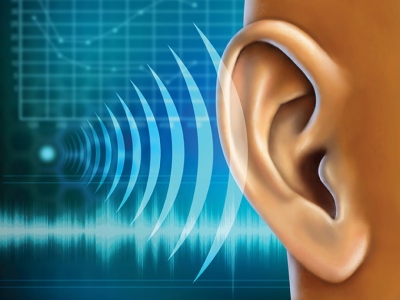HOW LONG CAN YOU LISTEN TO 120 DECIBELS?

Exposure to sounds at 120 decibels can damage your hearing in 7.5 minutes. Over 1.5 billion people globally live with hearing loss. According to the World Health Organisation (WHO), around 1.1 billion teenagers and young adults are at risk of developing hearing loss due to the unsafe use of personal audio devices, including smartphones, and exposure to damaging levels of sound at noisy entertainment venues such as nightclubs, bars and sporting events. World Hearing Day in on 3 March.
If you are curious as to just how loud 120 decibels is, you’ve come to the right place. In this article, we’re taking a closer look at this decibel level to see what it is equivalent to and how intense a 120 dB sound can get.
When we want to find out just how loud a sound is, we turn to the decibel scale to learn the answer. This scale runs from 0 dB, which is equivalent to the quietest sound a human can perceive and goes up to 140 dB, a sound level that can instantly cause hearing loss.120 decibels sounds like or is equivalent to the noise generated by:
- a chainsaw
- a thunderclap
- a rock concert
As you can see, 120 dB is a very loud noise level, close to the upper limit of the decibel scale.
120 dB is a decibel level that describes extremely loud sounds. In fact, on a decibel chart, 120 dB marks the limit from which sounds become painful and very dangerous to the human ear.
To better understand how loud that is, here are more examples of what 120 dB of sound is equivalent to:
- a loud alarm or siren such as an ambulance siren
- a gunsho
- an oxygen torch
- a loud symphony
- an aircraft takeoff
- a Green Grocer Cicada
- the sound made by some animals like the North American bullfrog or Northern elephant seals
It is important to note that 120 decibels is a noise level so extreme that it can instantly damage your hearing and being exposed to such loud noises for even a few seconds can cause irreversible hearing damage or hearing loss.
For the human ear, which is very sensitive especially to sound impulses, exposure to noise levels above 85 decibels becomes dangerous after 8 hours and the recommended maximum exposure drops each time there is the slightest increase in decibel level.
Each time a sound’s level increases by 10 dB, its intensity also increases 10 times. This is because the decibel scale is logarithmic, not linear, and describes progressing measurement changes. So, even though we may think that a 10 dB sound difference is negligible, it is, in fact, quite significant.
Exposure to sounds below 70 decibels is considered safe for human hearing no matter how long you are exposed to this level. This limit is considered for adults. For babies, the maximum decibel level they should be exposed to is 50-60 dB.
Credit : Decibel pro
Picture Credit : Google